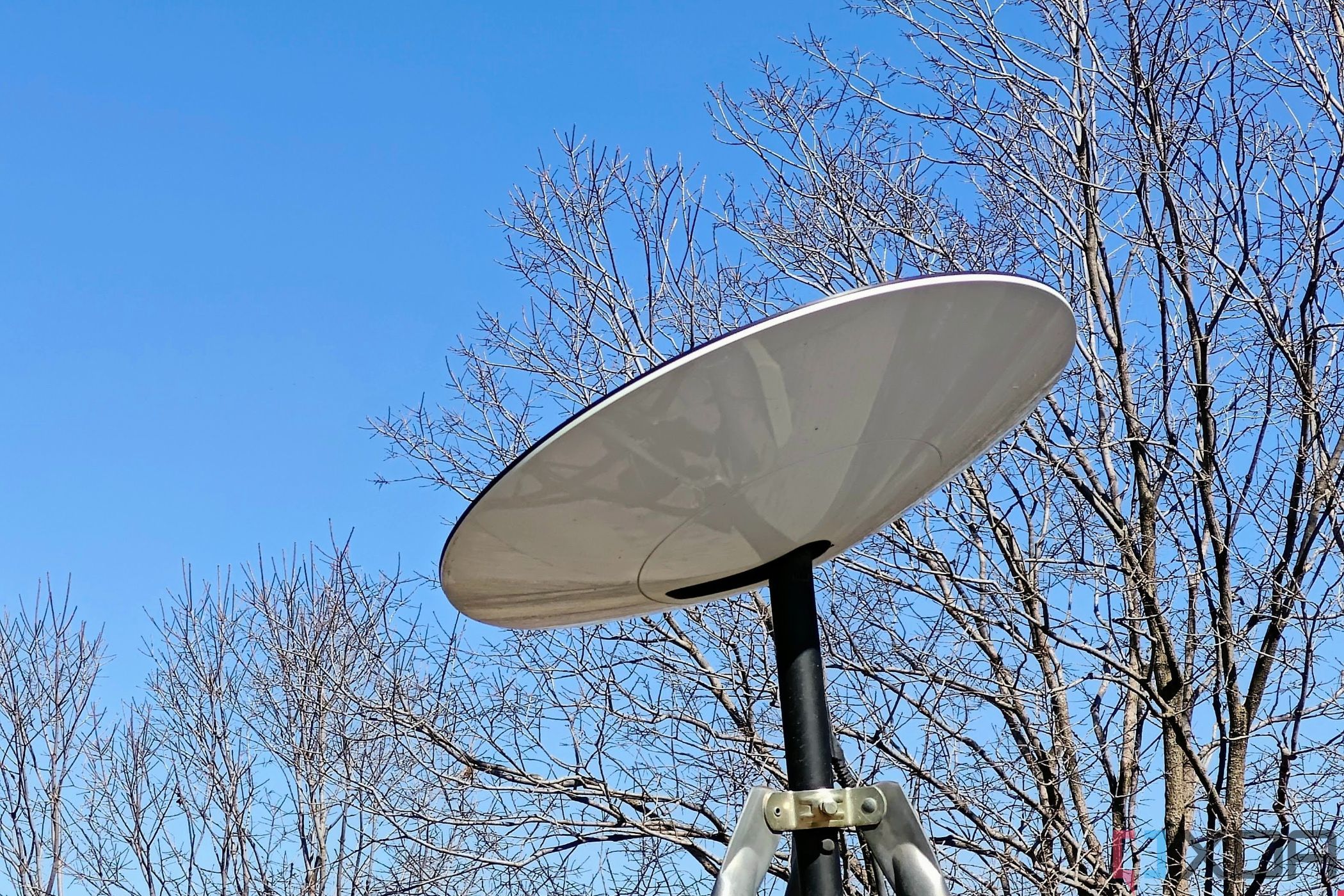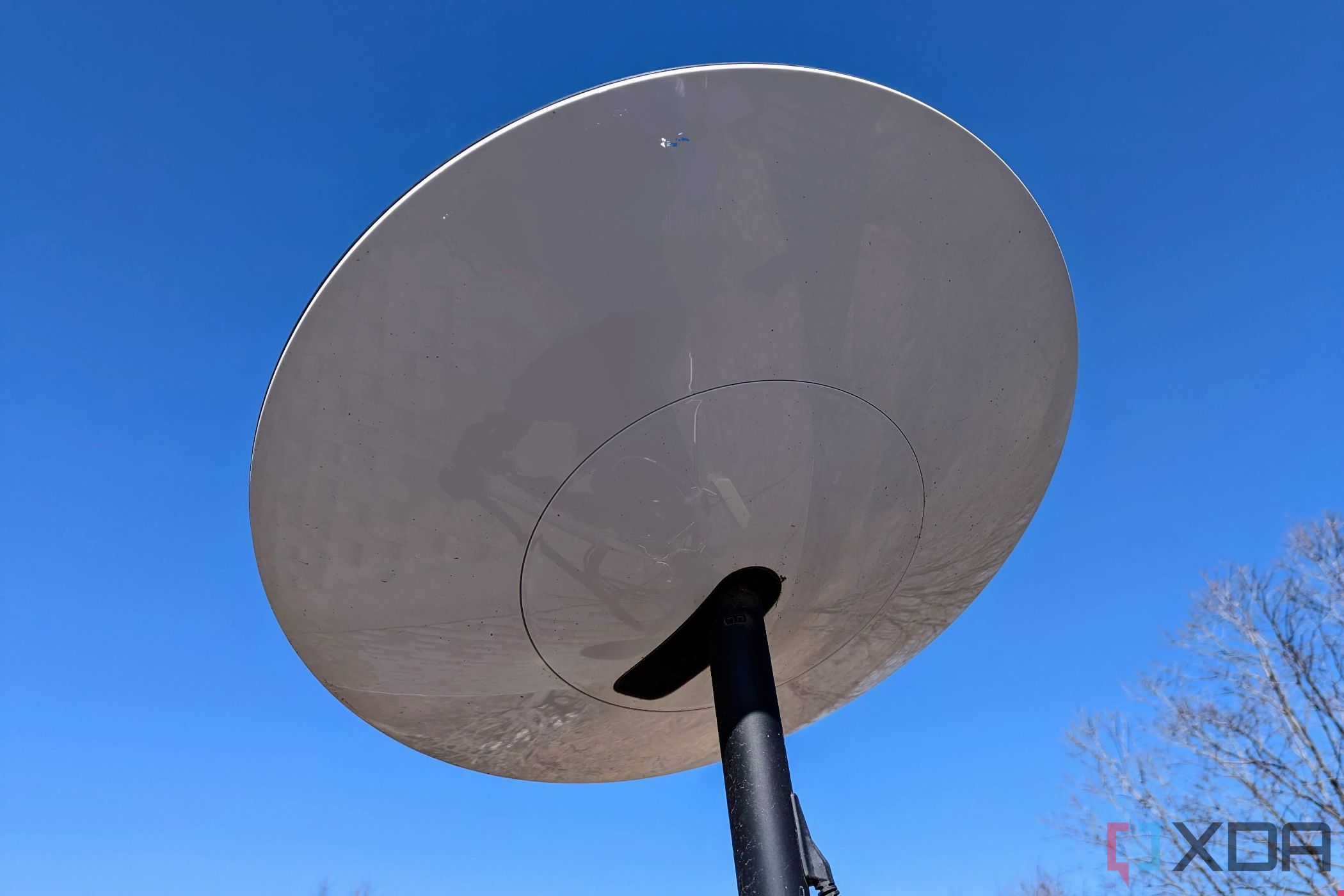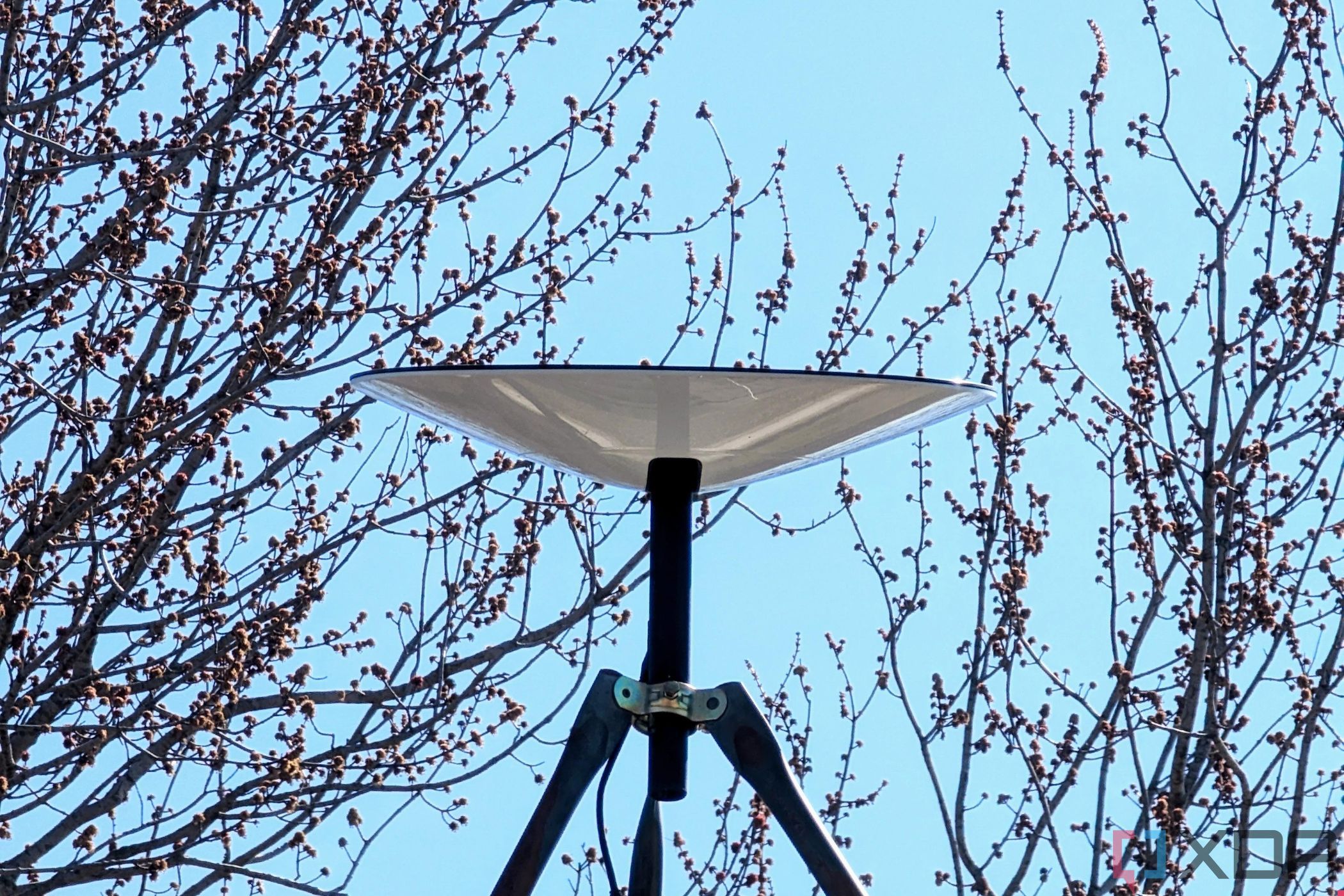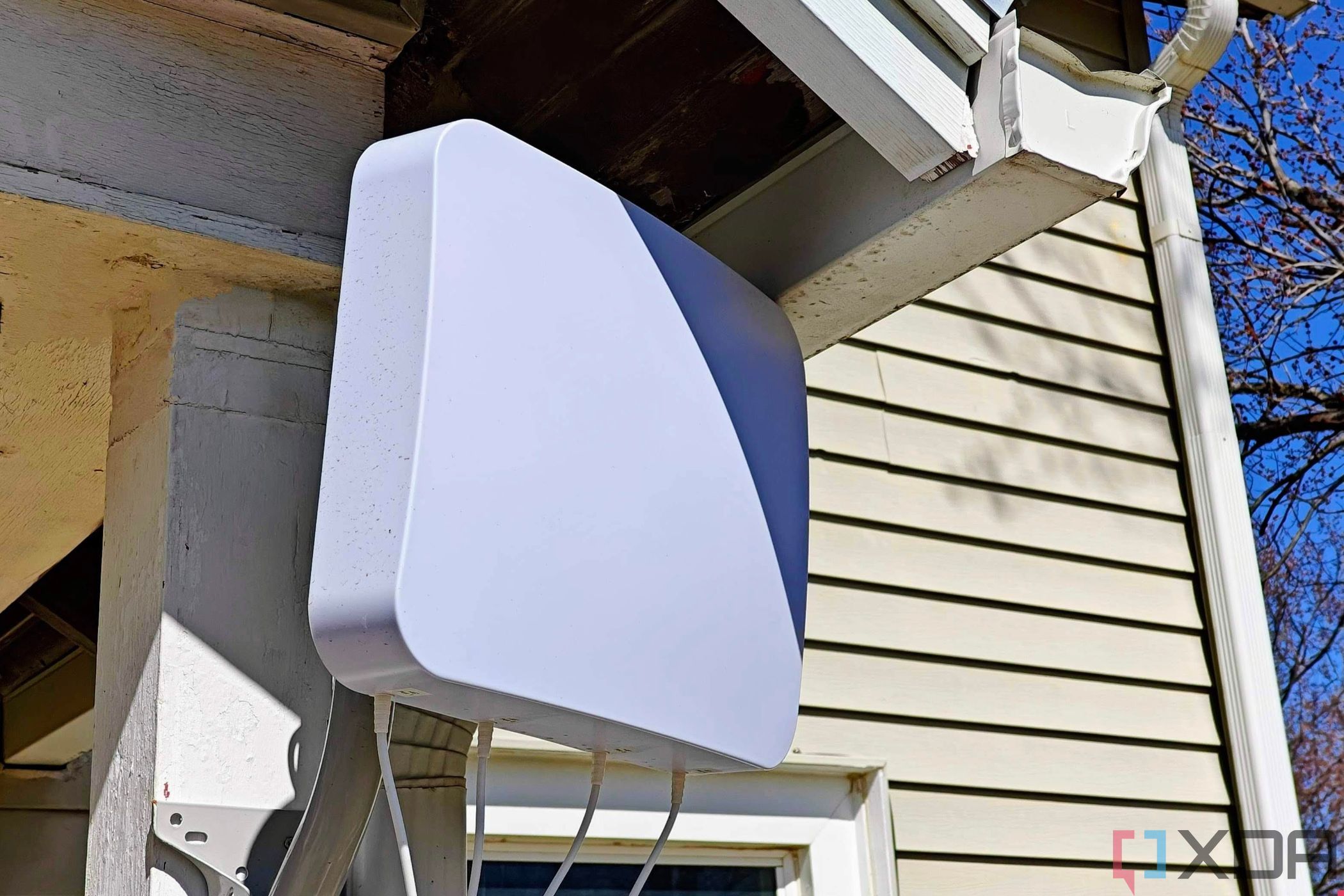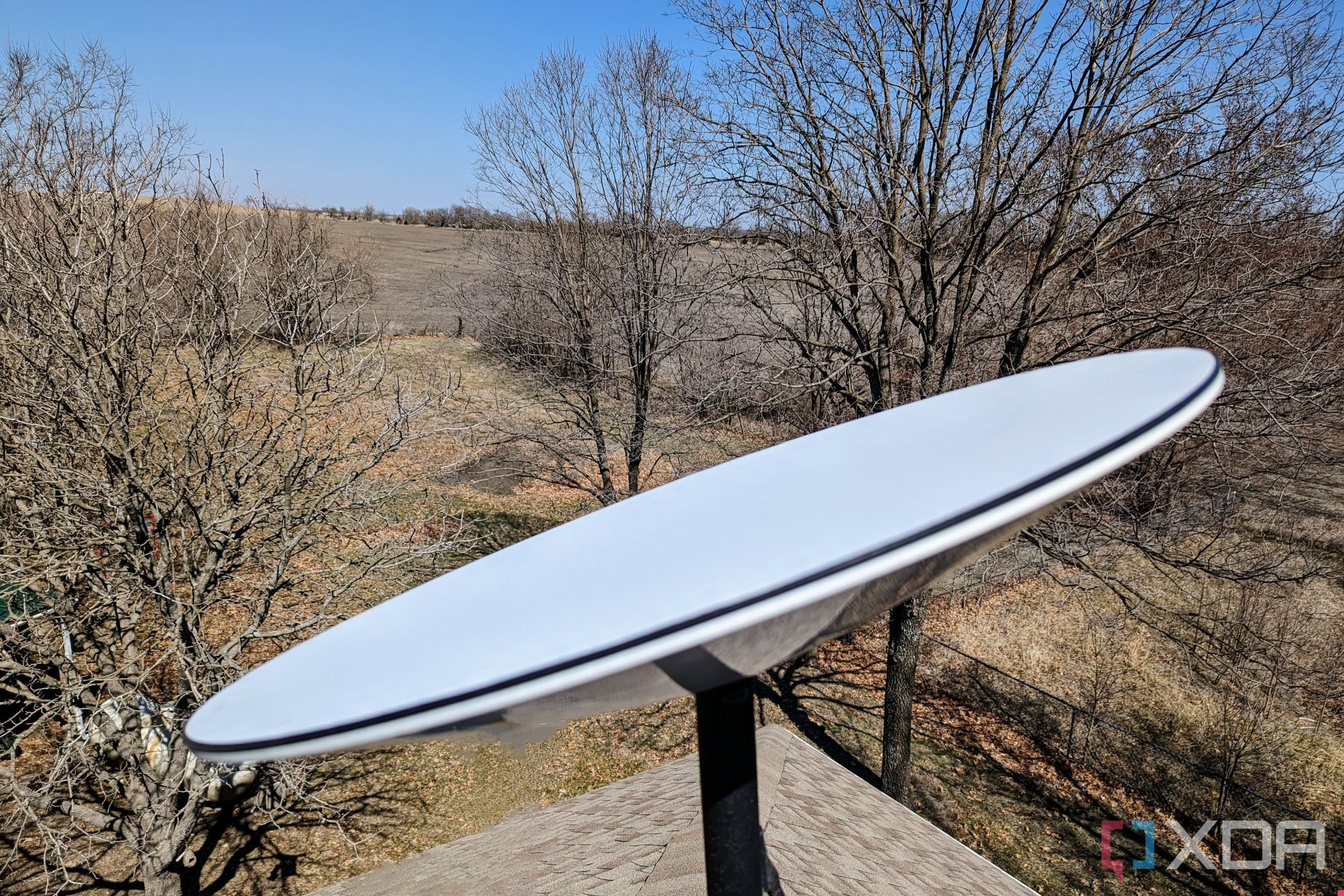When SpaceX's residential satellite internet company, Starlink, was first introduced, I had high hopes. Legitimate high-speed internet isn't widely available where I live in rural Kansas. Over the past 11 years, I've had to make do with an OG Verizon data-only plan for a hotspot, HughesNet satellite internet, US Cellular home internet, local fixed wireless, T-Mobile Home Internet, and more. But as of spring 2021, I have primarily relied on Starlink to provide internet to my home.
Don't get me wrong. Without Starlink, I wouldn't have been able to cut the cord, work from home, or participate in other modern connected amenities I now enjoy. Initially, I averaged around 100-150/10-25Mbps for my speeds and rarely disconnected. Coming from 15/3, if I was lucky, this was borderline life-changing.
However, since I first began using these low-orbit satellites to power my internet, not only has the price gone up $30 per month, but the speeds and reliability have degraded significantly. I've talked to others in my area who use Starlink, and since January, we've experienced frequent downtime and fluctuating speeds between 30-50/2-10Mbps. I'm aware Starlink states that what I'm getting served is within stated expectations. I could deal with that if it were consistent and reliable and also if I wasn't getting charged $120 per month.
The cost of connectivity is nearing a breaking point
I recently attended a town hall meeting hosted by the Kansas Office of Broadband Development, where there was a discussion about the state of the internet in Kansas. It was both surprising and not to hear how shocked the hosts were that the poor state of rural broadband was affecting not only households but businesses. One family with a relatively large farming operation that manages both livestock and crops, mentioned how, without proper broadband or mobile connectivity, there are times when they can't even make a phone call in the field due to no connectivity. They also noted how they missed crucial market changes because their internet isn't stable at home. This isn't just about connectivity; it's about these people's livelihoods.
The point of this discussion and others that the Kansas Office of Broadband Development will have across the state is to get a better idea of how the high-speed internet situation is affecting those in rural areas. Because many places, not just in Kansas, don't have ISPs that will serve their home with hardwired internet or wirelessly. Some can't even get Starlink because it isn't available in their area or the queue is full.
For many areas like mine, Starlink is supposed to be a sort of savior for those underserved by either terrible internet or no internet at all. In a way, Starlink is largely responsible for me letting me become a full-time mobile phone editor. But it was always an expensive service to buy into. If you want Starlink internet — assuming it is available at your address — you have to purchase the equipment, which is $599, and, after 30 days, is non-refundable, according to its website. Paying the $599 Starlink cost stung due to the price but also because I had to do the installation of the dish and wiring myself. But I didn't have much choice, and I had no intention of needing another provider — that was until the service began to degrade and the monthly cost went up.
The bigger picture is that a service that once had been, and in many cases still is, a sort of savior to many areas is now just another over-priced and difficult-to-use ISP.
This degradation hasn't forced me offline entirely, but there have been many times when I couldn't have my video on during an online meeting or online documents failed to save. Since I have to rely on Wi-Fi calling at my home due to poor cellular connectivity, I can't even reliably make phone calls. I use apps like Telegram to contact people instead, but those alternatives don't help much when, for example, the pharmacy calls to say medication is ready for pickup; it's not going to call me through Telegram.
Starlink is quickly becoming a luxury, and even if someone was willing to put up with the frequent outages, there's a good chance it will be too expensive. In the latest price increase, Starlink stated that for areas with "excess capacity," the price went down to $90 per month, and for those with "limited capacity," the cost is now $120 per month. What determines capacity isn't transparent. When I started with Starlink, I paid $90, then last fall, it went up to $110, and now it's $120 per month, and I don't know why.
This has forced me to look for alternate options. For the last two months, I've gone back to T-Mobile Home Internet because I can get T-Mobile for only $50 per month and because speed and reliability are on par with what I'd been getting from Starlink. But even getting T-Mobile at my house required some extra work and money on my part. If you can believe it, I had to first walk into the store and ask for a modem and reassure them that I knew my experience might not be great because, officially, according to the T-Mobile website, the internet isn't available at my home. I also had to purchase a $400 external antenna kit designed to connect directly to the router since I don't get a good cellular signal from any U.S. carrier at my house, and I need the boost from an antenna.
Some things never change
Despite all of this trouble, I still haven't canceled my Starlink service. One reason is that I don't know if I could get it again; when I put my address on its website, I'm told I'm on a waiting list. I would love to ask the Starlink support team for more information since I own the equipment, but I can't because there's no email address, phone number, chat, or other way to message support. There was the ability once to message the team through the app, but that is currently not an option. I've only had to reach out to the support team twice, and it was more to get an answer to questions that weren't covered in any FAQs, which they were quick to respond to.
There is hope that reliable and affordable internet can become more widespread. But it might not be with Starlink.
But I have to take that chance with Starlink because I can't keep paying for two internet services, and I need to pay a difference in monthly fees to offset the price of the Starlink equipment and the external antenna for T-Mobile Home Internet. There's also the upside that owning my Starlink equipment means I can take it with me during my camping excursions and have a way to communicate with the world should I need to.
Outside my issues with Starlink, the bigger picture is that a service that once had been, and in many cases still is, a sort of savior to many areas is now just another over-priced and difficult-to-use ISP. Those I know who are using Starlink have grown frustrated with the service struggles and increased price, leaving many looking at options from the likes of T-Mobile Home Internet or other local wireless internet providers. Unfortunately, for more than a few, there aren't other options to even consider — even with more affordable prepaid carriers. This leaves those with a tough decision, stick with an expensive degrading service in order to remain connected or step backward into a more analog world.
With the renewed push to expand broadband coverage in my state, and I've seen similar efforts in other areas as well, there is hope that reliable and affordable internet can become more widespread. But it might not be with Starlink.

